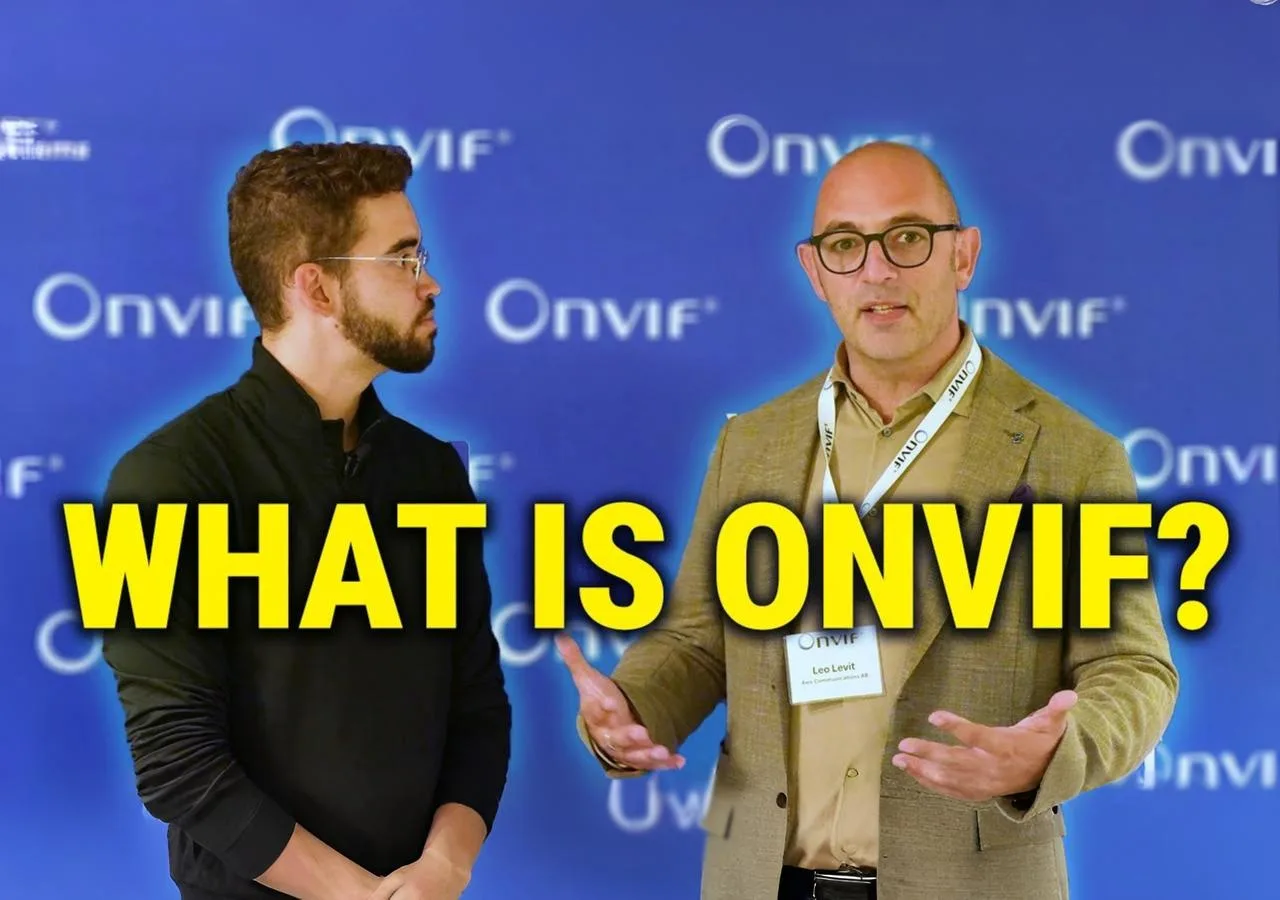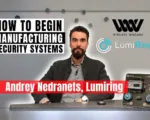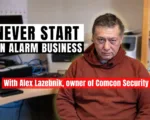At the ONVIF All Committee Meetings, Pipl Systems sat down with Leo Levit, Chair of the ONVIF Steering Committee, to talk about how open standards are shaping the future of security. Twice a year, ONVIF brings together manufacturers, working groups, and industry leaders to align on interoperability, tackle shared challenges, and set the direction for global security integration.
In this interview, Leo explains the value of initiatives like media signing for trusted video authenticity and the new cloud profile for camera-to-cloud communication. He also shares how ONVIF’s member-driven working groups create collaboration across competing manufacturers, expanding market opportunities, and helping the entire industry grow.
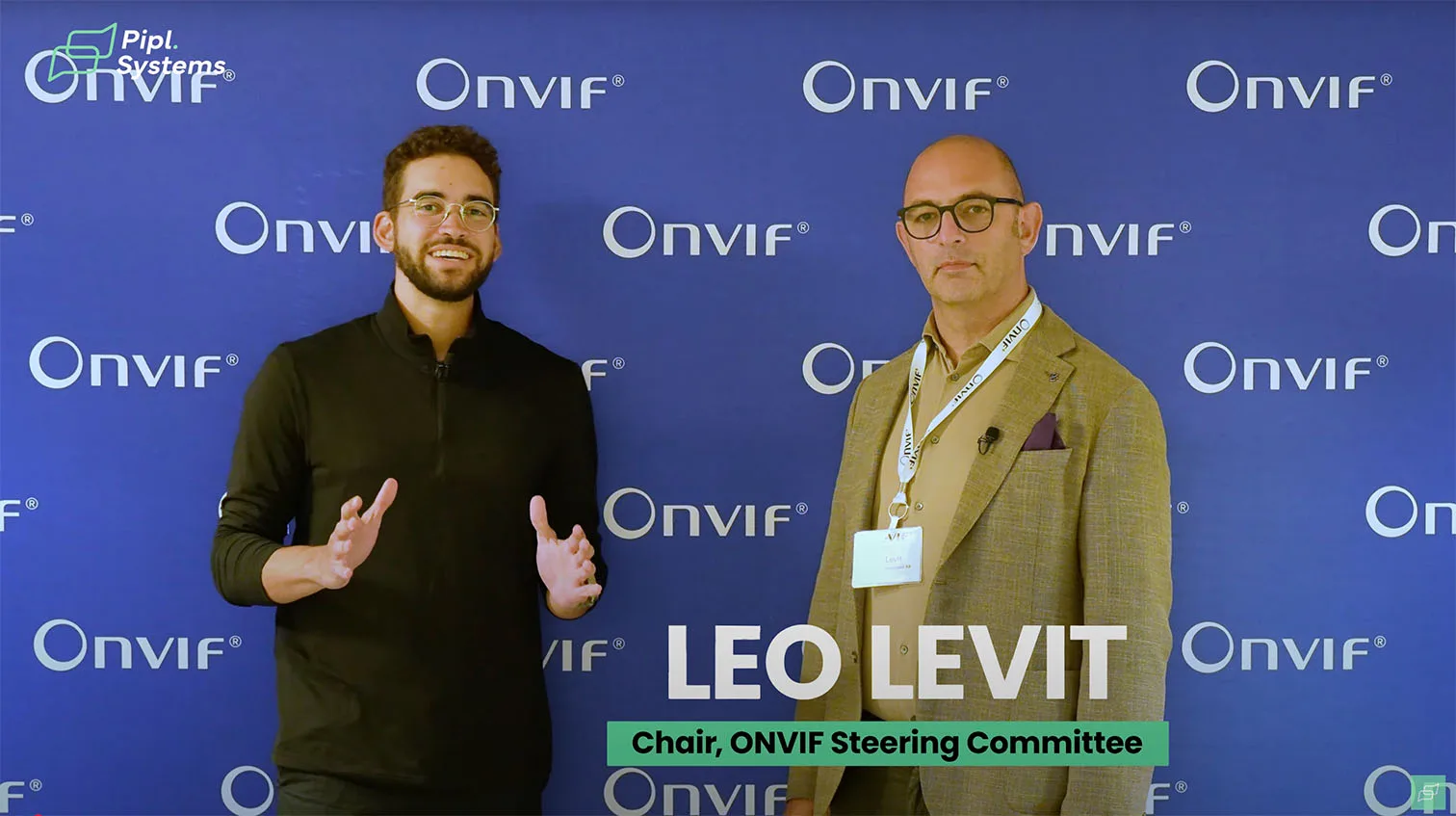
If you’re involved in security manufacturing, system integration, or consulting, this conversation gives you a clear and practical view of why ONVIF continues to be the backbone of open standards in physical security.
Interview: Leo Levit on ONVIF Standards and Industry Collaboration
Jeremie Dary Lusignan (Pipl Systems): We are at the ONVIF All Committee Meetings. I’m joined by Leo Levit, the chairman of the ONVIF Steering Committee. Leo, how are you doing?
Leo Levit (ONVIF): So far, so good. Good start of the day, good start of the meetings. Very exciting.
Jeremie: Could you tell us a little bit more about these gatherings – what do they represent for ONVIF and also for the participant manufacturers?
Leo: We have these gatherings twice a year, where all the committees and elected members gather together in one physical location, accompanied by all members of different working groups. All the working groups that work under the ONVIF umbrella and all committees meet together to discuss ongoing projects, initiatives, and strategies going forward. It’s very important for us, and as I mentioned, we try to gather twice a year as this group.

We also have technical committees and working groups meeting face to face as much as we can, but because our members are scattered across the globe, it’s not always easy, yet we try to bring people together, as this is where real interaction happens. There are quite a lot of people joining us, and for us, it’s a fantastic opportunity to collaborate, discuss problems, find solutions, and see people from different companies working together to improve ONVIF as a standard for the security industry.
Jeremie: You mentioned gathering all those people to solve problems. Can you touch a little more on the objectives? What kind of problems are these meetings solving?
Leo: Today, one of the biggest objectives is to continue developing initiatives started previously. For example, media signing – a standard we’re working on that will help prevent or minimize fake video and increase the trustworthiness of video content. That’s important because one of our industry’s main reasons for existing is to provide reliable content from surveillance recordings, and this content needs to be trusted. This standard aims to improve and prove the authenticity of recorded content.
Another initiative we started is the cloud profile working group, which is working towards releasing a cloud profile in the near future – interoperability for camera-to-cloud communications in the security industry.
Jeremie: You also mentioned working groups – today, we see many groups gathering brilliant minds to discuss problems. For those who don’t know, what are the working groups at ONVIF, what’s their purpose, and how can people join or form a group?
Leo: ONVIF is totally member-driven. Working groups as well as committees are composed of members. If you’re a member at a certain level, you can join a working group or be elected to a committee. Working groups are established when the need for specific work arises.

For instance, if a member proposes a feature that should become a standard and other members support the idea, a working group is established with those members. It’s all member-driven – developed by members for members. Anyone at the contributing level or higher can join a working group. Some groups focus on core technologies and specifications, others on conformance and market readiness.
Jeremie: One interesting point you mentioned is that ONVIF enables solutions for different problems, but everyone comes from different manufacturers. You mentioned cloud connectivity as a new working group, and in 2024, you had the audio and advanced metadata working groups. What does this mean for manufacturers, and how does it affect launches?
Leo: Standards and standardization work increase the addressable market for manufacturers. By focusing on standardized solutions, the whole market grows. It allows for more complex solutions with different system parts working together, which is definitely positive for all members. People join these meetings from different companies – sometimes competitors – but they realize that by working together on standardization, they open up bigger market opportunities for their companies. That’s the value they see in joining.
Jeremie: Regarding joining ONVIF, there are different membership levels – if I’m not mistaken, five: full, contributing, restricted affiliate, user, and observer. Can you explain briefly the advantages of joining and the meaning of each membership?
Leo: Different membership levels offer relevant participation for different companies. Some companies just want to tag their product as ONVIF conformant, and user membership is sufficient – they don’t need or want to drive standards development. But to influence and drive specification or profile development, you need a higher level, at least a contributing member or registered affiliate. These companies actively participate in development, committee elections, and, as full members, have even more benefits, including being elected as members of the steering committee.

Committee elections happen annually, with a strict, transparent process. ONVIF is open to all companies and organizations, embracing openness and letting everyone join. More details about joining are on the ONVIF website. There’s also a nice course about the different ONVIF profiles – if you aren’t familiar, I recommend taking it; it’s about an hour. I did it and I’m a certified ONVIF profile expert!
Jeremie: One last question: what are your goals for ONVIF five years from now? Where do you want to see the organization?
Leo: ONVIF’s vision remains the same: to provide and promote open interfaces for the physical security industry. I believe that for the next five years, we will continue with this vision and keep creating standards that drive our industry to grow, benefiting vendors, users, and integrators working with open platforms. We’ll keep delivering in this direction, focusing on relevant emerging technologies – cloud connectivity, cloud services, and AI-driven functionalities. Obviously, we’ll be working on those technologies to benefit the industry.
Jeremie: Leo, thank you again. I hope you have a great rest of your week at these meetings.
Leo: Thank you.
Don’t miss the video interview with Leo Levit—it covers all the same details in an engaging format!
Further Reading
- Dive deeper into ONVIF profiles, membership, and their practical impact in our ISC West 2025 recap: What Is ONVIF? Industry Insights from ISC West 2025
- See why ONVIF support is a must for your next security installation: Don’t Buy a Video Surveillance System Without ONVIF Support: Here’s Why and What is ONVIF?
FAQ: ONVIF Standards & Meetings
Q1: What is ONVIF?
ONVIF is an open industry forum that provides standardized interfaces for IP-based physical security products.
Q2: What is media signing, and why is it important?
Media signing is a standard that ensures video authenticity, helping prevent fake or tampered footage in surveillance systems.
Q3: What is the ONVIF cloud profile?
The cloud profile is an initiative to create standards for secure, interoperable camera-to-cloud connections.
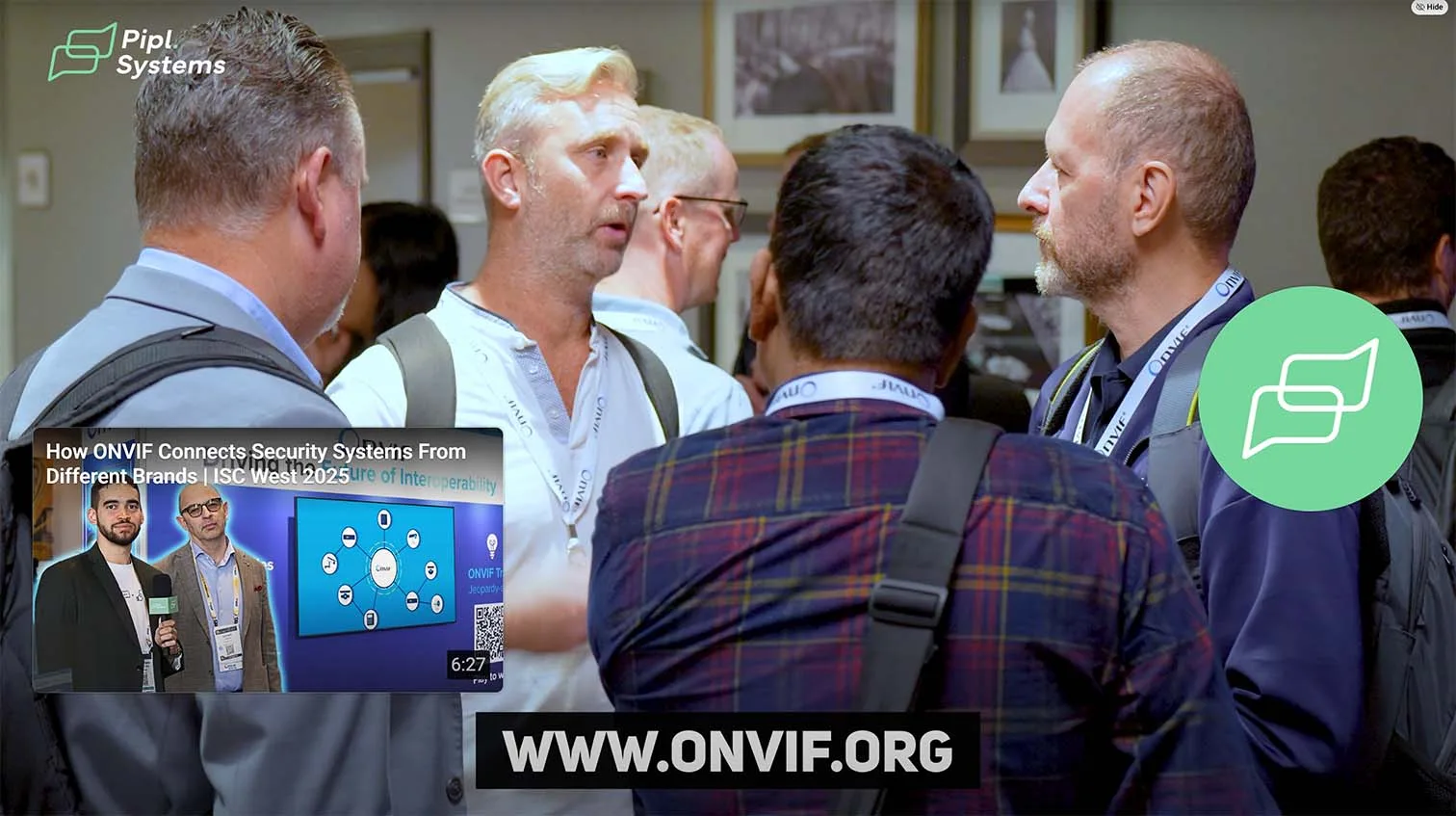
Q4: How do ONVIF working groups operate?
Working groups are formed by members, focus on specific technical challenges, and are open to companies at a contributing membership level or above.
Q5: Why do competing manufacturers collaborate at ONVIF?
Standardization benefits the entire industry by expanding markets and facilitating the integration of products across vendors.
Q6: What are the ONVIF membership levels?
User, contributing, registered affiliate, full, and observer – higher levels allow for more significant participation in specification development.
Q7: Where can I learn more about ONVIF profiles?
ONVIF offers an online course covering all main profiles; recommended for security professionals and integrators.
